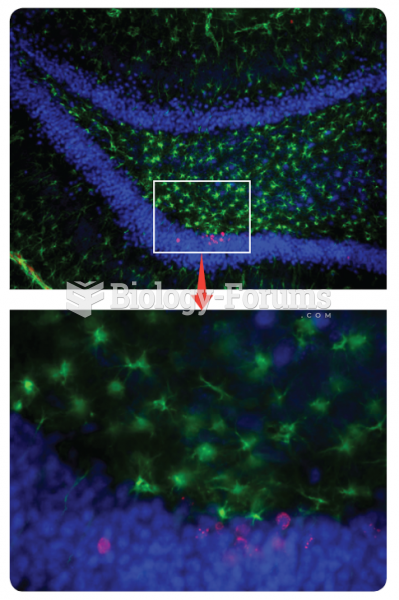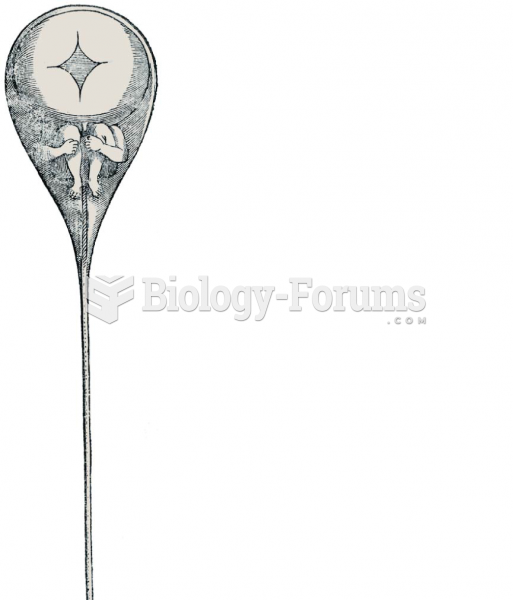Answer to Question 1
4
Rationale 1: Dry skin is an early sign of hypothyroidism and is not an emergent situation.
Rationale 2: Generalized weakness is an early sign of hypothyroidism and is likely the reason the client sought treatment. It is not emergent.
Rationale 3: Muscle cramps are an early sign of hypothyroidism and are not emergent.
Rationale 4: Slurring of the speech in an older adult client may be related to one of the more severe symptoms of hypothyroidism or may be related to a neurological condition such as a CVA. This finding should be reported.
Global Rationale: Slurring of the speech in an older adult client may be related to one of the more severe symptoms of hypothyroidism or may be related to a neurological condition such as a CVA. This finding should be reported. Dry skin is an early sign of hypothyroidism and is not an emergent situation. Generalized weakness is an early sign of hypothyroidism and is likely the reason the client sought treatment. It is not emergent. Muscle cramps are an early sign of hypothyroidism and are not emergent.
Answer to Question 2
3
Rationale 1:Generalized anxiety disorder is incorrect because the symptoms include restlessness, fatigue, nervousness, and sleep disturbances.
Rationale 2:Obsessive-compulsive disorder is incorrect because OCD describes recurrent, disturbing thoughts or repetitive behaviors that interfere with a person's normal activities or relationships.
Rationale 3: Post-traumatic stress disorder is a type of anxiety that develops in response to re-experiencing a previous traumatic life event, such as combat experience, physical or sexual abuse, a natural disaster, or a murder. The person might dream about the event or be constantly reminded of the event by everyday occurrences. This re-experiencing of the trauma leads to feelings of helplessness and anxiety that affect the person's ability to function normally.
Rationale 4:Panic disorder is incorrect because these are symptoms of post-traumatic stress disorder. Panic disorder is characterized by intense feelings of immediate apprehension, fearfulness, terror, or impending doom, accompanied by increased autonomic nervous system activity.
Global Rationale: Post-traumatic stress disorder is a type of anxiety that develops in response to re-experiencing a previous traumatic life event, such as combat experience, physical or sexual abuse, a natural disaster, or a murder. The person might dream about the event or be constantly reminded of the event by everyday occurrences. This re-experiencing of the trauma leads to feelings of helplessness and anxiety that affect the person's ability to function normally. Generalized anxiety disorder is incorrect because the symptoms include restlessness, fatigue, nervousness, and sleep disturbances. Obsessive-compulsive disorder is incorrect because OCD describes recurrent, disturbing thoughts or repetitive behaviors that interfere with a person's normal activities or relationships. Panic disorder is incorrect because these are symptoms of post-traumatic stress disorder. Panic disorder is characterized by intense feelings of immediate apprehension, fearfulness, terror, or impending doom, accompanied by increased autonomic nervous system activity.







